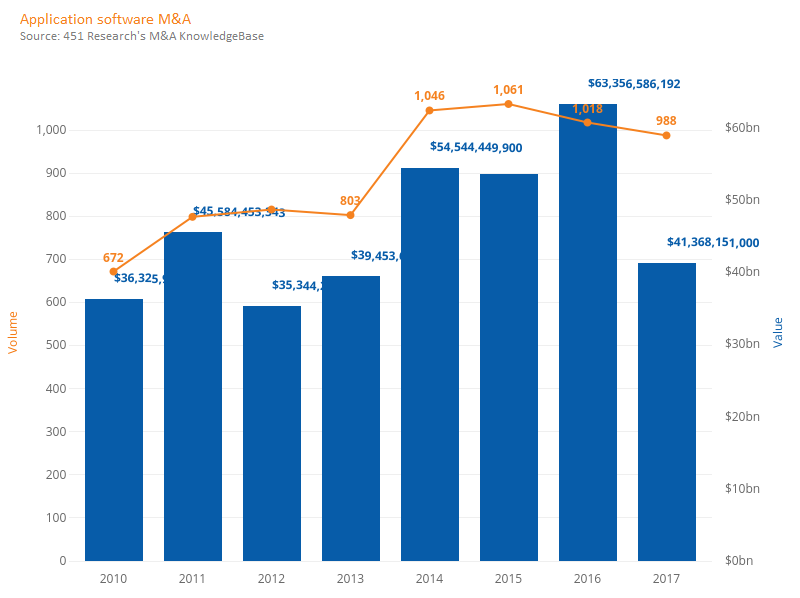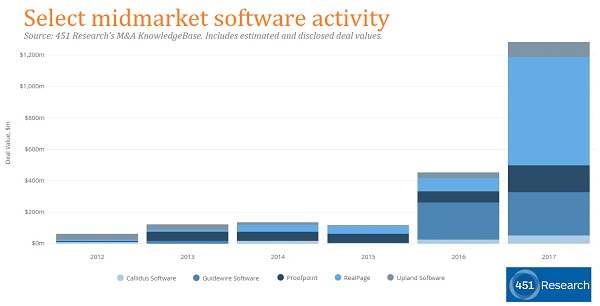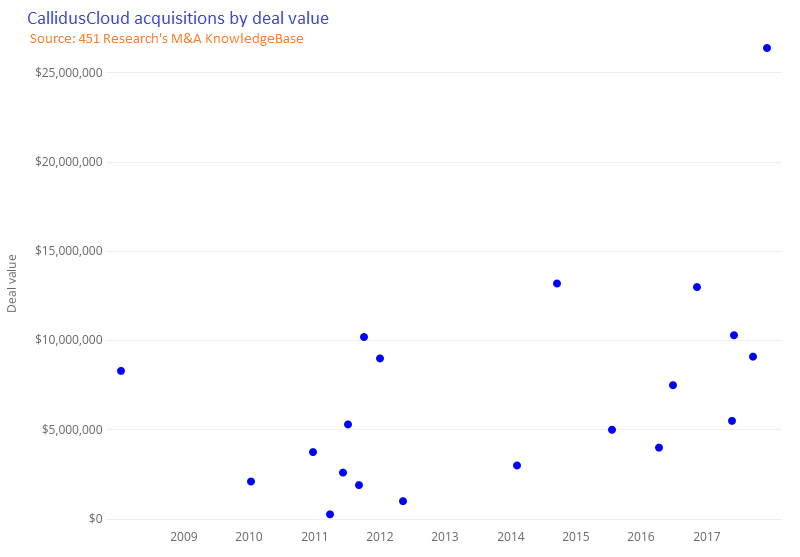by Scott Denne
With its latest acquisition, Zendesk concentrates on its march toward $1bn in revenue with an asset that could help it bolster its enterprise sales. The helpdesk software provider adds sales force automation software to its suite with the purchase of FutureSimple (which does business as Base) and obtains a product that addresses the priorities of the largest businesses.
Terms of the deal weren’t disclosed, but there’s reason to believe that Base marks Zendesk’s largest acquisition yet. Zendesk had only inked three transactions before today – two that cost it about $15m each and one, BIME Analytics, that cost $45m. Base, by comparison, raised at least $52m in venture funding, according to 451 Research’s M&A KnowledgeBase, and has about 150 employees, compared with BIME’s 40.
The pickup of Base continues Zendesk’s expansion into other corners of customer engagement, beyond its roots as a helpdesk software developer. As we noted in our report on its purchase of marketing software vendor Outbound, Zendesk needs a broader suite to reach its goal of $1bn in annual revenue in 2020. It finished last year with $430m, a 38% jump from the year before, a growth rate that leaves little room for deceleration if Zendesk is to hit its target.
Although historically targeting smaller businesses, Zendesk hopes to entice more large enterprises to use its applications to get to that goal. By nabbing pipeline management, lead-scoring and other sales automation capabilities, Zendesk injects itself into a top priority for large enterprises. According to 451 Research’s most recent VoCUL: Corporate Mobility and Digital Transformation Survey, 22% of businesses with more than $1bn in annual revenue reported that sales organizations will have the highest budget for software compared with other lines of business: only IT (51%) and Zendesk’s core market of customer service (31%) ranked higher.

For more real-time information on tech M&A, follow us on Twitter @451TechMnA.




